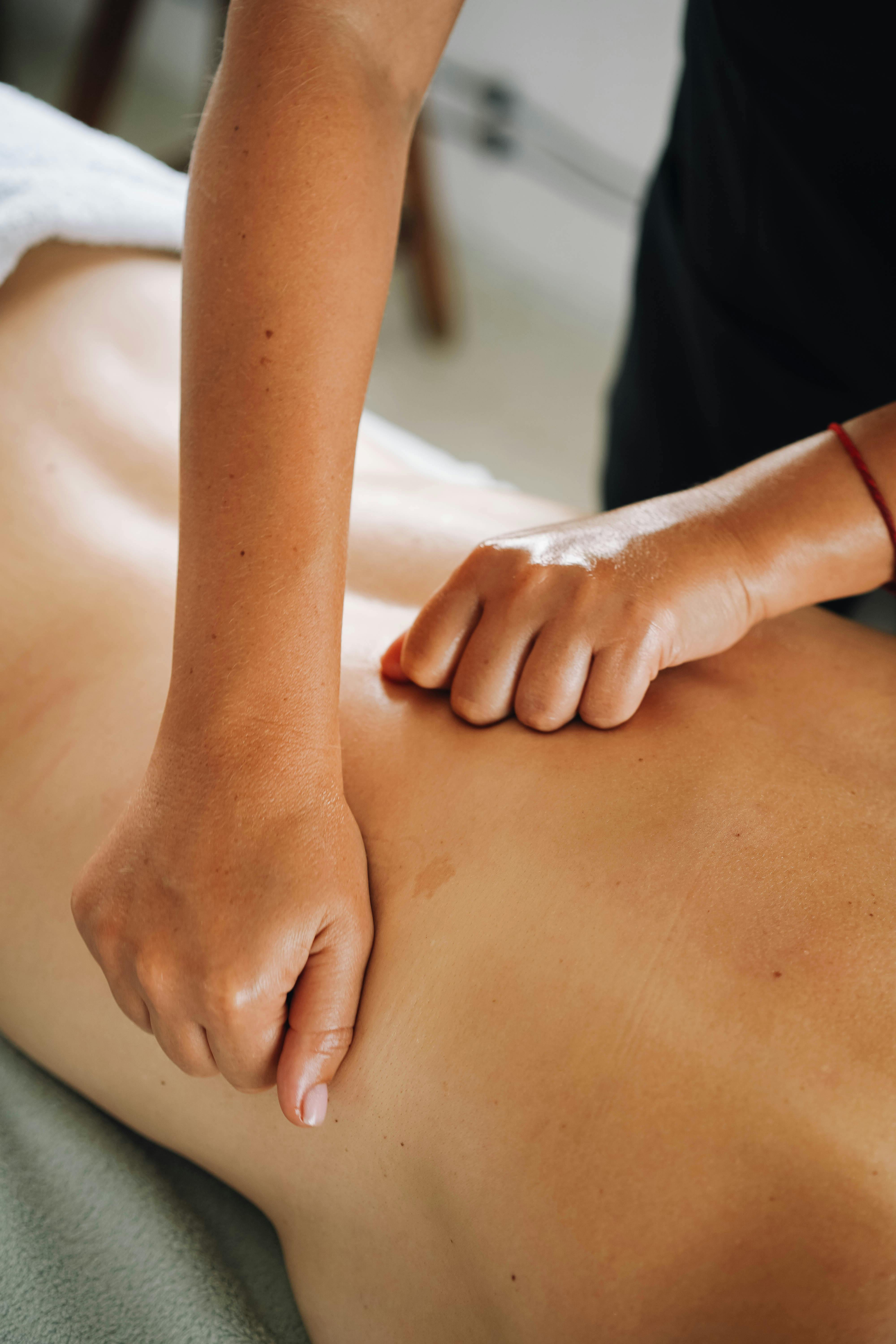Effective Ways to Draw Hands in 2025
Drawing hands can be one of the most challenging yet rewarding aspects of illustration. Whether you're an aspiring artist or seeking to enhance your skills, understanding the principles behind how to draw hands is vital. In this article, we explore various techniques, tips, and tools to help you improve your hand-drawing abilities in 2025.
Understanding Hand Anatomy for Drawing
Before diving into drawing hands step by step, it's essential to grasp the fundamental anatomy of the hand. This involves not only knowing the bones and muscles but also how they interact during different movements. The primary components of the hand include the palm, fingers, and wrist, and each part plays a crucial role in creating lifelike representations.
Exploring Hand Shapes
Begin by sketching basic shapes that form the foundation of hand drawings. Utilize geometrical forms like rectangles for the palm and cylinders for the fingers. Understanding hand shapes lays the groundwork for mastering advanced techniques like drawing realistic hands. Practice sketching a variety of hand shapes to see how they relate to the overall structure.
Proportions of a Hand
An accurate understanding of hand proportions is critical for lifelike drawings. A common rule of thumb is that the fingers (excluding the thumb) are generally about the same length as the palm. Pay close attention to the width of the hand and how the fingers taper off. Proportionate fingers can significantly enhance the realism of your drawing.
Using References for Hand Drawings
Consider using photographs or real-life observations as references. Practicing drawing hands from reference helps you capture details and nuances that might elude you otherwise. Websites with artistic hand references can provide valuable insights, allowing you to analyze various hand gestures and positioning, ultimately enriching your art.
Drawing Hands in Different Poses
Next, let’s delve into hands in different poses. Capturing hand movements can breathe life into your illustrations, adding emotional depth and context. Hands communicate a wide range of emotions and are often the focal point of interactions.
Gesture Drawing Hands
Engaging in gesture drawing hands can greatly improve your ability to depict dynamic movements. This technique involves quick sketches that capture the essence and flow of hand actions. Focus on the overall shape and movement instead of too much detail; this will train you to see and capture hand dynamics more fluidly.
Hands in Action
Understanding how different actions affect hand positioning is crucial. For example, hands will deform and change position depending on whether a person is reaching for an object, gesturing while speaking, or expressing emotion. Drawing hands in action not only enhances your artistic skills but also encourages a deeper understanding of hand drawing techniques.
Practicing Hand Exercises
To hone your skills, dedicate time to hand drawing exercises. Start with basic shapes, then gradually incorporate different poses and gestures. Consider setting a timer for quick sketches to simulate the urgency and motion of real-life scenarios. This practice will keep your hand movements fluid and confident.
Advanced Techniques for Drawing Hands
Once you've mastered the basics, it's time to explore advanced hand drawing techniques. This phase involves exploring various artistic styles and methods that can add a unique flair to your artwork.
Shading Techniques for Hands
Shading is an essential skill that can bring depth to your hand sketches. Learn to identify light sources and apply shading techniques, such as cross-hatching or stippling, to add dimension and realism. Experiment with different levels of pressure on your drawing tools to achieve desired shading effects.
Composition for Hand Drawings
The placement of hands within a larger composition can dramatically affect the overall feel of your artwork. Experiment with composition for hand drawings to create striking visuals. Consider how the hand interacts with other elements in your work, and how the viewer's eye is guided through the scene. Criteria like balance, contrast, and focal points play significant roles.
Hands and Emotion
Hands are powerful communicators. Learning to convey emotions through hand gestures drawing enhances your artistic expression. Consider how the subtleties in position, gesture, and angle can convey feelings such as tension, joy, or sadness. Analyzing expressive hand movements in various contexts can enrich your repertoire.
Learning and Mastering Hand Drawing
Ultimately, mastering the craft of hand illustration comes down to consistent practice and exploration. By focusing on the aforementioned skills and techniques, you can progressively learn to represent hands more accurately and artistically in your compositions.
Beginner-Friendly Hand Tutorials
For those starting out, following structured guides can be helpful. Seek out beginner-friendly hand tutorials that provide step-by-step instructions on rendering hands. These guides often break the process down into digestible chunks, making it easier to follow along and replicate techniques. Tutorials often focus on fundamental skills that provide a strong foundation for more complex approaches.
Experimenting with Digital and Traditional Techniques
Don't hesitate to mix traditional techniques for hand drawing with digital mediums. Experimenting with both can give you a broader range of expression and refine your skills across different formats. Software tools can offer features like layering, undo options, and various brushes that can enhance your practice.
Engagement with Artistic Communities
Joining artistic communities—either online or in-person—provides ongoing support and feedback. Sharing your works and receiving critiques helps you identify areas needing improvement or gaining fresh insights. Peers can introduce you to innovative drawing methods and broaden your artistic perspective.
Key Takeaways
- Understand hand anatomy and proportions for accuracy.
- Practice gesture drawing to capture dynamic movements.
- Employ shading and composition techniques to enhance realism.
- Explore various tutorials and engage with communities for growth.
FAQ
1. How can I improve my hand drawing quickly?
Focus on practicing hand drawing exercises consistently. Utilize artistic hand references and engage in gesture drawing sessions to enhance your responsiveness. Consistent practice allows for quicker improvements and greater fluency in your techniques.
2. What are the best materials for hand drawing?
The essential hand drawing supplies include quality pencils, erasers, sketchbooks, and if digital, a good stylus. Invest in tools that allow you to explore various shading techniques, such as different types of paper and pencil hardness.
3. How important is hand positioning in drawing?
Hand positioning in art is vital, as it affects how gestures and emotions are portrayed. Practice observing hands in different scenarios to understand their shifts during specific activities. This enhances character expressiveness in your artwork.
4. What are common mistakes when drawing hands?
Common errors include neglecting proportions and ignoring the anatomical structure of hands. A focus on details rather than the overall form often leads to unrealistic results. Emphasizing structure and proportion can significantly improve your results.
5. Are there online resources for drawing hands?
Yes, numerous drawing hands online resources provide tutorials, reference images, and community feedback. Websites like social media art groups or dedicated drawing platforms offer a wealth of knowledge and inspiration to develop your skills further.
6. How do cultural interpretations affect hand drawing?
Cultural interpretations of hands inform how gestures and poses are perceived. Understanding these nuances allows you to convey emotions and ideals that vary across societies, enriching the storytelling aspect of your artwork.
7. Can I use photos to practice drawing hands?
Absolutely! Using photograph references for hands can enhance your understanding of proportions and hand anatomy. Aim for high-quality sources that showcase varied poses and perspectives to effectively develop your skills.


